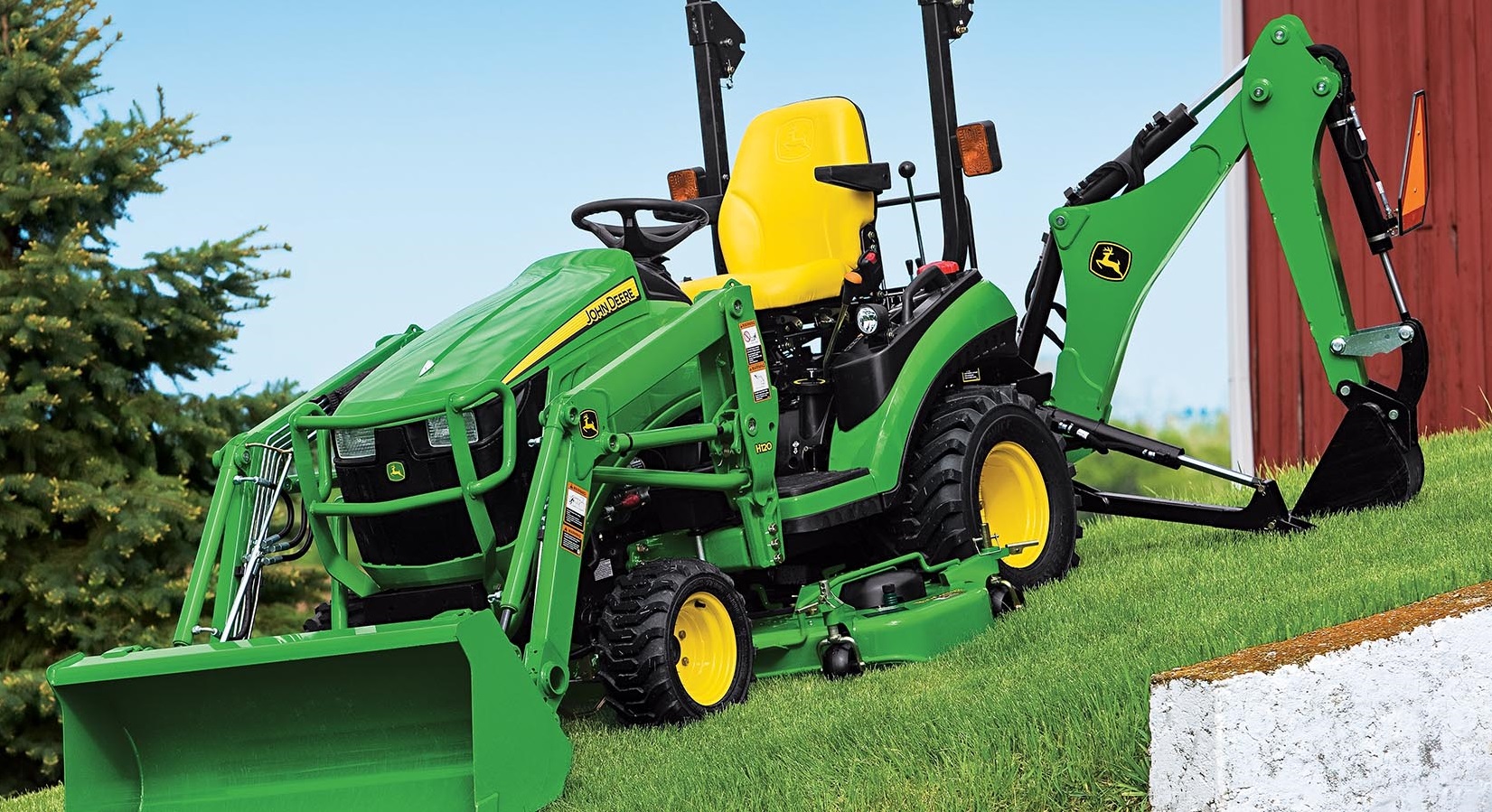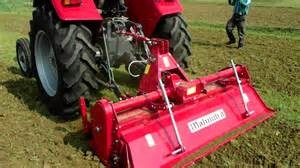Compact and Sub-Compact Tractors Compared
Most agricultural tractors generally fit into one of several categories such as Utility, Row Crop, and Specialty. In this article, I’ll break down what I call Utility Tractors, which can range from 20 hp-140 hp.
Most manufacturers will place a tractor into a Utility class because, as the name suggests, they perform a variety of ‘uses’. Often set up with a front end loader (typically able to be detached with relative ease), a brush hog, or a finishing mower attachment; this category of tractors has the flexibility across several tasks on the farm.
Within the Utility Tractor class, the major manufacturers will have two sub-categories, the Sub-Compact, and the Compact tractor. There are some key differences between these categories when deciding on what ‘size’ tractor you might be looking to purchase.
Sub-Compact Tractors
They are built for convenience. Some key points include:
They are built with more electronic and computerized devices – on one hand, these add-ons are beneficial for the user, they monitor and inform the operator of specific engine and drive train status factors; forewarn the user of service needs; self-regulate certain processes across the machine; etc.
Convenience with Attachments – some of the more popular options that come standard with many sub-compacts include multiple PTO drive shafts, one in the front, one at mid-frame, and one in the back. This allows for attachments requiring PTO connections to be mounted at virtually any location on the machine. The attachments themselves are designed for convenience as well. Quick-attach loaders which can be removed and mounted with a minimum of work and in minutes are a good example. Mid-mounted (or belly) mowers can be connected easily as well.
Light Duty Low Profile frames are also featured with the sub-compact tractor family. This enables easy on, easy off for the operator, comfortable seating, and easier operation.
Comfort and Ease of Operation – usually, a sub-compact tractor will be outfitted with options that are designed for operator comfort. Seating, steering, operations, all driven to make the sub-compact a preferred choice for someone maintaining relatively light duty landscapes.
Pricing – pricing sub-compact tractors is aligned to its market. The additional conveniences add to the manufacturer’s costs of production, and are passed along to the customer.
Compact Utility Tractors
These are built for performance as well as convenience. Typically larger than the sub-compact, several manufacturers cross over horsepower ranges according to the sub-compact vs compact design; and are chosen based on the intended use.
Frame and Weight – the Compact Utility tractor will typically have more frame structure, weigh more, and as a result, be able to handle more work than the sub-compact, even though its engine horsepower might be the same or similar. They will usually be built with a higher ground clearance than the sub-compact tractor to provide more capacity for work efficiencies.
Attachments for the Compact Utility Tractor are built for this extra expectation for capacity. The tradeoff is convenience, and if the buyer wants the easy hookup and connections, they are provided more as optional allowances than offered standard from the factory.
Some additional factors to consider when selecting a Sub-Compact or Compact Utility Tractor include:
Drive Train – even though both classes offer 2 wheel drive, 4 wheel drive, all wheel drive, or front wheel assist for their drive train options; the majority of sub-compacts are sold with 4 wd as a selectable choice. This greatly increases the different tasks the tractor can handle. It may come at what you might consider a significant cost, but in the end, is almost always recommended. Especially in sub-compact utility tractors. Once you get up over 40-50 horsepower, depending on how you select wheels and other options, more of the 2 WD models might be sold, especially if you don’t anticipate as wide a range of applications requiring the best traction.
Transmission and Horsepower – one item of note relates to the transmission option you select for your compact utility tractor. Most subcompacts are now equipped with hydrostatic transmissions for the variable speed control and quick reversal they offer under light duty use. Hydrostatic, shift-on-the-fly, and other variances from the standard ‘gear and clutch’ system (also termed ‘collar shift’) are available across virtually all tractor sizes, but there’s a tradeoff. If you note the ratings for a tractor, take note of the ‘engine’ horsepower vs ‘pto’ horsepower and ‘drawbar’ horsepower. As each implies, they are measurements of power delivered at the various points on the tractor. When you select a hydrostatic transmission, the power distribution between the engine and the PTO widens. Even though a tractor might be rated 50 hp at the engine, its PTO might only be 40 hp at the PTO. This is because of the energy expended in order to drive the transmission of the tractor. When you have a hydrostatic transmission, there is a notable reduction in PTO and drawbar horsepower due to the fact that the ‘hydro’ will consume more of the power generated by the engine.
Wheels and Tires – we’ve discussed the various types of tire options for Compact Utility Tractors in past issues. There are primarily three types of tires offered, including:
R1 Bar tires – standard tread for heaviest of agricultural operations requiring traction.
Industrial Turf – this is a tire that still has relatively deep bars, but also has a slightly wider tread that leaves less of a track, and rides over the surface of the soil better than the R1.
Turf – Turf tires have the least aggressive tread pattern, designed for tractors that are used on lawn and turf as a rule, and not expected to have the best traction.
Here’s a great video giving a simple explanation of each:
Video: You Tube – The Three Types of Compact Tractor Tires – Tractor Mike
There are many other factors to consider when selecting a Compact Utility Tractor, including wheel weighting, external hydraulic couplers for accessories that are hydraulically operated, lighting the tractor, and other issues that any of the major manufacturers websites can help you selecting; or discuss with your dealer or broker upon deciding.
By John Deibel
Read more about it:
John Deere – Utility Tractors – a useful illustration of the different categories of Compact Uility Tractors. You can even ‘build’ your own!
Tractor Agriculture – Types of Tractors
Heavy Hitch Blog – Tips on How to Select a Sub Compact or Compact Tractor




